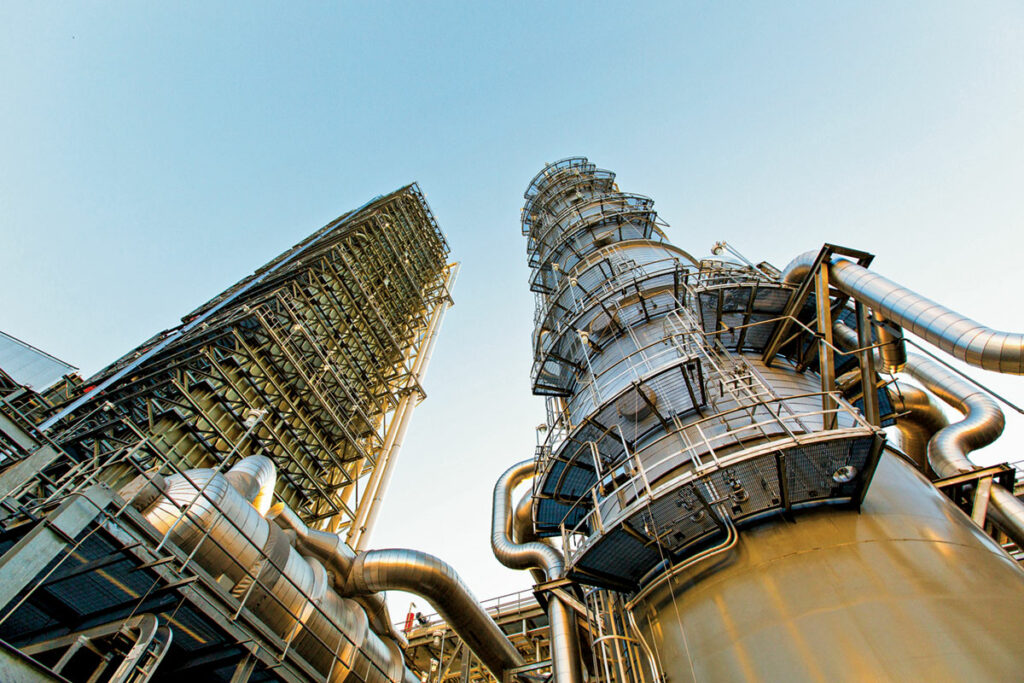Worse, that is, for the alarmists who love having scary stories to run on the nightly news. But better for everyone else. Scientists in Sweden examined data from grassland areas undergoing a gradual warming because of the oft-cited fear that as permafrost melts it will release vast quantities of methane. Or more accurately, that microbes in the soil will start consuming the newly-defrosted organic matter deep underground and burp out vast quantities of the stuff. When these scientists examined permafrost that had melted in the late 1990s they measured a lot of methane being released. But other land that had melted in the 1980s showed ten times less methane being released, even though there was still plenty of organic matter. Some underground mechanism had kicked in to stop the process. So the investigators got into the weeds, and started digging to find the dirt on where the bodies of all those burping microbes were buried.
The answer in this case was in the shift from grass to shrubs at the surface. Seems it’s part of this famous “circle of life” or something. Thus grasses growing in areas that were initially wet after thawing develop straw-like root systems that carry oxygen underground. But the straws also carry methane the other way. As the ground dries out, various shrub species take up residence and crowd out the grasses, and their root systems don’t have channels for gases to move around. The methane gets trapped underground where the microbes digest it further into carbon dioxide, which also stays underground.
Here at CDN we are inherently skeptical of hand-waving arguments about “tipping points” that supposedly threaten runaway global warming resulting from a minor rise in temperatures. Methane release from thawing Arctic permafrost is one such. The problem, as our new video on past warming episodes points out, is that there have been many times in the Earth’s history, including recent history, when temperatures were much higher than they are now. If a little bit of contemporary warming was going to cause a runaway greenhouse death trap, why didn’t it happen before? It stands to reason that there are negative feedbacks and stabilizing mechanisms that kick in and keep the system balanced. The grassland changes appears to be one of them.
The authors point out that if thawing coincides with a region becoming permanently wetter, it could favour the grasses staying in place longer and more methane being released:
“‘The balance between precipitation and evaporation will be crucial for the release and absorption of greenhouse gases,’ [author Bo Elberling] said. ‘However, predicting Arctic precipitation is fraught with uncertainty. In some areas we’re seeing increased precipitation, while in others, things are drying out — especially in the summer.’”
So it’s not a slam dunk on the safe side. Like so much else it’s complicated, but early indications are the permafrost methane bomb is a bust.



ten times less?
You can use Modtran to check the warming resulting from CH4. Double it to 3.4 ppm from 1.7 ppm….You get about 0.2 degrees. But that would require twice as many termite mounds, rice paddies, oil and gas infrastructure, boreal forests, ocean plankton, melting permafrost (already melted from the US Canada border to the Arctic Circle)…..all this is just not going to happen…..worry about CH4 beyond conserving it for fuel makes no practical sense….